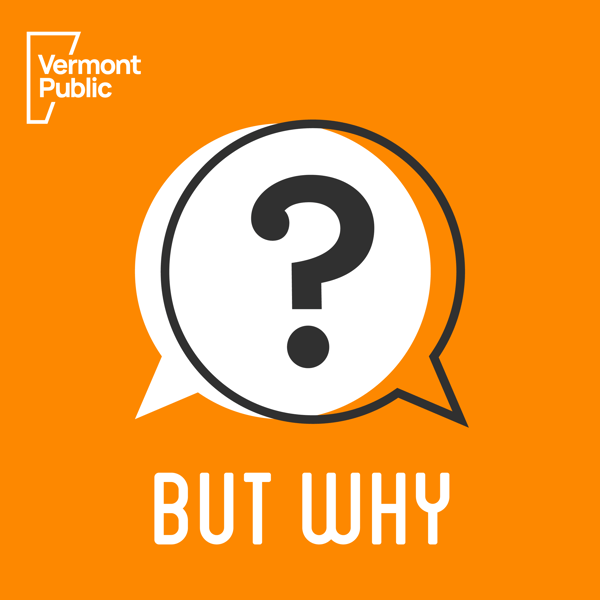How are images chosen for coins?
But Why: A Podcast for Curious Kids
Vermont Public
4.4 • 4.9K Ratings
🗓️ 28 January 2022
⏱️ 28 minutes
🧾️ Download transcript
Summary
The U.S. Mint is producing a new series of quarters featuring American women. The first one, featuring poet Maya Angelou, has just been released. We're learning about coins are made and how images are chosen for money around the world. The US has a law preventing any living person from appearing on its money. Kenya has a new rule preventing any individual people on their money at all. Meanwhile, many countries with kings or queens have those leaders on their money while they’re still in power. Questions we tackle in this episode: How are coins made and how do they get their logos? How are presidents chosen for coins? Why does Lincoln have his shoulder in the picture while other presidents don’t? Why are coins different sizes? What are coins made of? We learn more from Rodney Gillis of the American Numismatic Association and Leigh Gordon of the Royal Australian Mint.
Download our learning guides: PDF | Google Slide | Transcript
Some people like learning about coins so much they collect them! A coin collector is called a numistmatist! Numismatics is the study or collection of coins, paper currency, and medals.
The U.S. Mint makes coins for the United States. There are four facilities in the US where our coins are made: San Francisco, Denver, Philadelphia, and West Point, New York
A new image on a coin requires approval from Congress.
Australian coins feature kangaroos, koalas and native plants.
U.S. Coins mostly feature former presidents, but some non-presidents have appeared on coins including Susan B. Anthony, Sacagawea and Ben Franklin. The reverse side of quarters changes frequently. There are quarters for every state. Over the next four years the U.S. Mint is releasing quarters featuring 20 notable American women.
US law says no living person can be pictured on our money.
Today, the smallest US coin is a dime. But there used to be something called a trime! It was a tiny 3-cent coin and it was so small and thin that it often got bent in people’s pockets.
Resources
Transcript
Click on a timestamp to play from that location
| 0:00.0 | If you're on the hunt for the perfect holiday gift for the kids in your life this season, |
| 0:08.6 | don't forget, but why has books? |
| 0:11.0 | They're great for independent readers or for adults to read to younger kids. |
| 0:15.6 | So if you and your kids would like to know what animal can regenerate its limbs better |
| 0:20.6 | than almost any other animal in the world, or what jellyfish are actually made out of, |
| 0:26.2 | get your hands on Do Fish Breathe underwater. |
| 0:29.0 | Our book all about the ocean. |
| 0:31.2 | Maybe farm animals are more your kids' speed. |
| 0:33.5 | In that case, try our Lama's Ticklish. |
| 0:36.5 | You can find our books at your local bookstore or online, and you can learn more at butwhykids.org |
| 0:42.3 | or slash books. |
| 1:08.8 | This is But Why, a podcast for curious kids from Vermont Public Radio. |
| 1:13.5 | I'm the host of the show Jane Lenton. |
| 1:16.5 | On this program, we take questions from kids all over the world, and Melody Bo-Det and |
| 1:21.1 | I find interesting people to help give you answers. |
| 1:24.7 | Here in the United States, where we're based, we just got a new quarter. |
| 1:28.8 | I mean, new quarters are always being produced, but now there's a new picture on some of |
| 1:33.4 | the quarters being made right now. |
| 1:36.4 | If you look at an American quarter, it's our 25 cent coin. |
| 1:40.6 | One side is a portrait of George Washington, this country's first president. |
| 1:45.1 | Flip it over though, and the normal quarter, the regular standard quarter, has an eagle on |
| 1:50.4 | it. |
... |
Please login to see the full transcript.
Disclaimer: The podcast and artwork embedded on this page are from Vermont Public, and are the property of its owner and not affiliated with or endorsed by Tapesearch.
Generated transcripts are the property of Vermont Public and are distributed freely under the Fair Use doctrine. Transcripts generated by Tapesearch are not guaranteed to be accurate.
Copyright © Tapesearch 2025.

